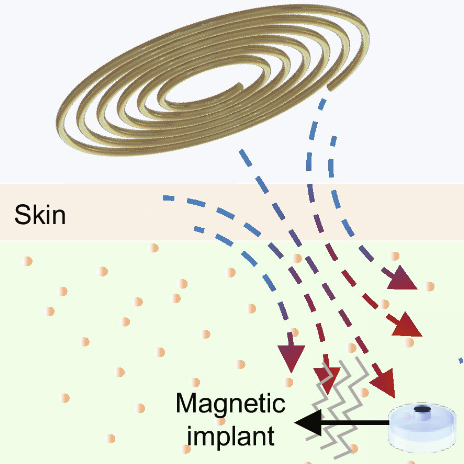It's hard to measure with current cortisol stress detectors
Current cortisol detectors have poor stability, caused by different and fluctuating conditions, such as changing pH and temperature on the silver layer; and the presence of other hormones such as progesterone, testosterone, and corticosterone.
A way-better cortisol detector
So researchers in China and the UK have now developed a new, improved detector that can accurately measure levels of cortisol—a key stress biomarker—in the blood. The solution uses iridium oxide nanoparticles to cover the detector’s conventional silver layer. This improves the stability, sensitivity and reproducibility of a cortisol detection device at a concentration 3,000 times lower than the normal range of cortisol.
The study, by researchers at Xi’an Jiaotong-Liverpool University, People’s Republic of China and Abertay University, United Kingdom, was published August 30, 2024 in the open-access journal Talanta, published by Elsevier.
Another recent stress-detection approach, using machine-learning with wearable sensors: Machine-learning Approach for Stress Detection Using Wearable Sensors.
So what are your stress-detector (and fixer) methods? Please share below!
Citations:
Ji, T., Ye, W., Xiao, W., Dawson, G., Dong, Q., & Gwenin, C. (2024). Iridium oxide-modified reference screen-printed electrodes for point-of-care portable electrochemical cortisol detection. Talanta, 280, 126776. https://www.sciencedirect.com/science/article/abs/pii/S003991402401155X?via%3Dihub (open-access)
Abd Al-Alim, M., Mubarak, R., M. Salem, N., & Sadek, I. (2024). A machine-learning approach for stress detection using wearable sensors in free-living environments. Computers in Biology and Medicine, 179, 108918. https://doi.org/10.1016/j.compbiomed.2024.108918 (open-access)
Let us know your thoughts! Sign up for a Mindplex account now, join our Telegram, or follow us on Twitter.


.png)

.png)


.png)








0 Comments
0 thoughts on “How stressed are you right now?”